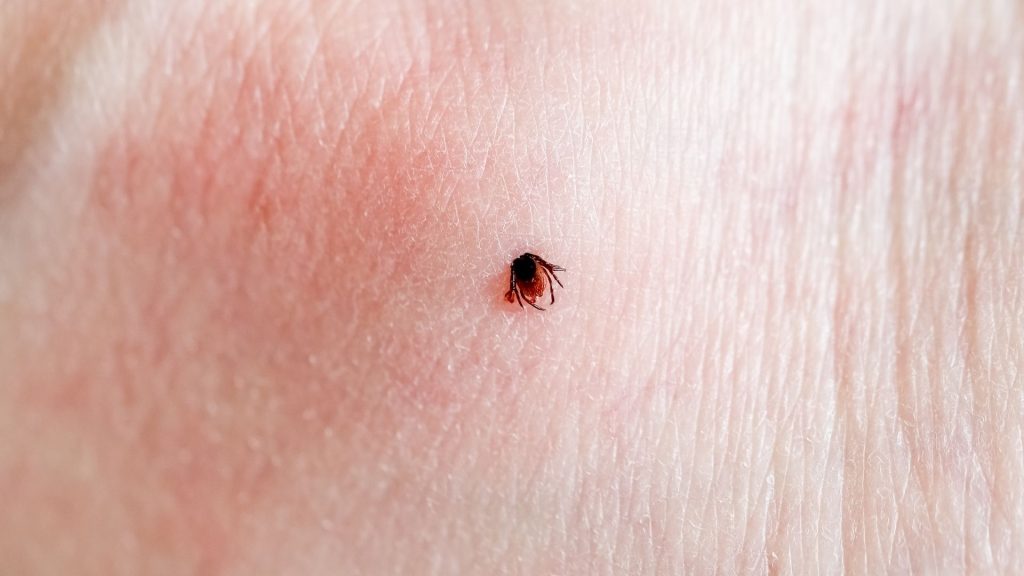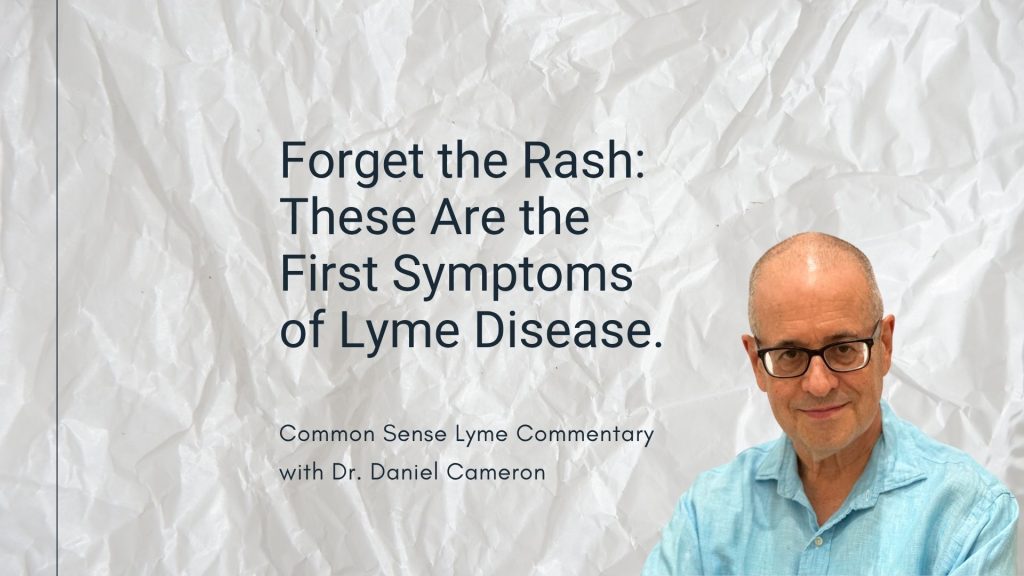30 Hidden Lyme Disease Symptoms
Most people think of the bull’s-eye rash or a swollen knee when they hear “Lyme disease.” But many patients never develop these classic signs. Instead, they struggle with a wide range of hidden Lyme disease symptoms that don’t fit the textbook picture — leading to missed diagnoses, delays in care, and years of unnecessary suffering. […]
30 Hidden Lyme Disease Symptoms Read More »










